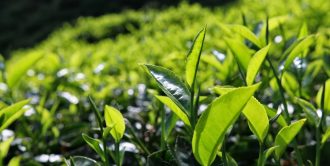
Georgian tea – with its old history & new investment opportunities
Tea is the oldest Chinese culture, known in 1753 by a well-known Swedish botanist Carl Lynne, first described as a scientific name (Thea). Tea is…
Read More
Tea is the oldest Chinese culture, known in 1753 by a well-known Swedish botanist Carl Lynne, first described as a scientific name (Thea). Tea is…
Read More
The Free Trade Agreement between the Government of Georgia and the Government of the People’s Republic of China came into force and is implemented…
Read More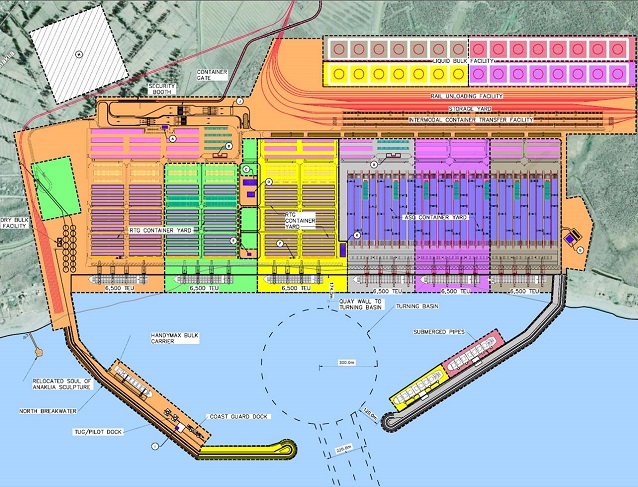
The Port of Anaklia is located on the shortest route from China to Europe, a route that has become a major focal point of Chinese…
Read More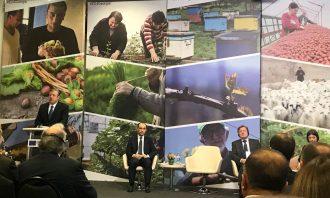
An estimated 250,000 rural Georgians benefited from current support, EU announces third phase of assistance worth 230 million GEL 13, December 2017, Tbilisi –…
Read More
On December 6th, 2017 the Third Official Ceremony of the Welcome to Georgia! National Tourism Awards was held at the Rustaveli Theatre, where traditionally…
Read More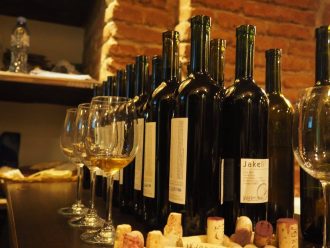
Georgia is one of the oldest wine regions in the world and wine export plays big role for the development of the Georgian economy….
Read More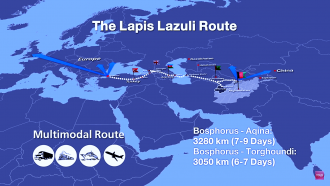
On November 15, after three years of technical talks, during the 7th Regional Economic Cooperation Conference on Afghanistan (RECCA-VII) in Ashgabat, Turkmenistan was signed…
Read More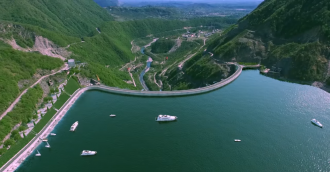
In 5 years, Georgia will offer to the local and international visitors the Enguri River dam, which is planned to become a unique tourist…
Read More
Georgia is continuing to upgrade and modernize its main transport arteries in a bid to ensure roads meet international standards. Several projects will be…
Read More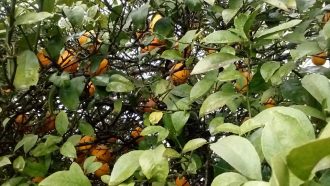
Agriculture has both big economic and social functions in Georgia. The sector employs more than half of the country’s work force and for many…
Read More